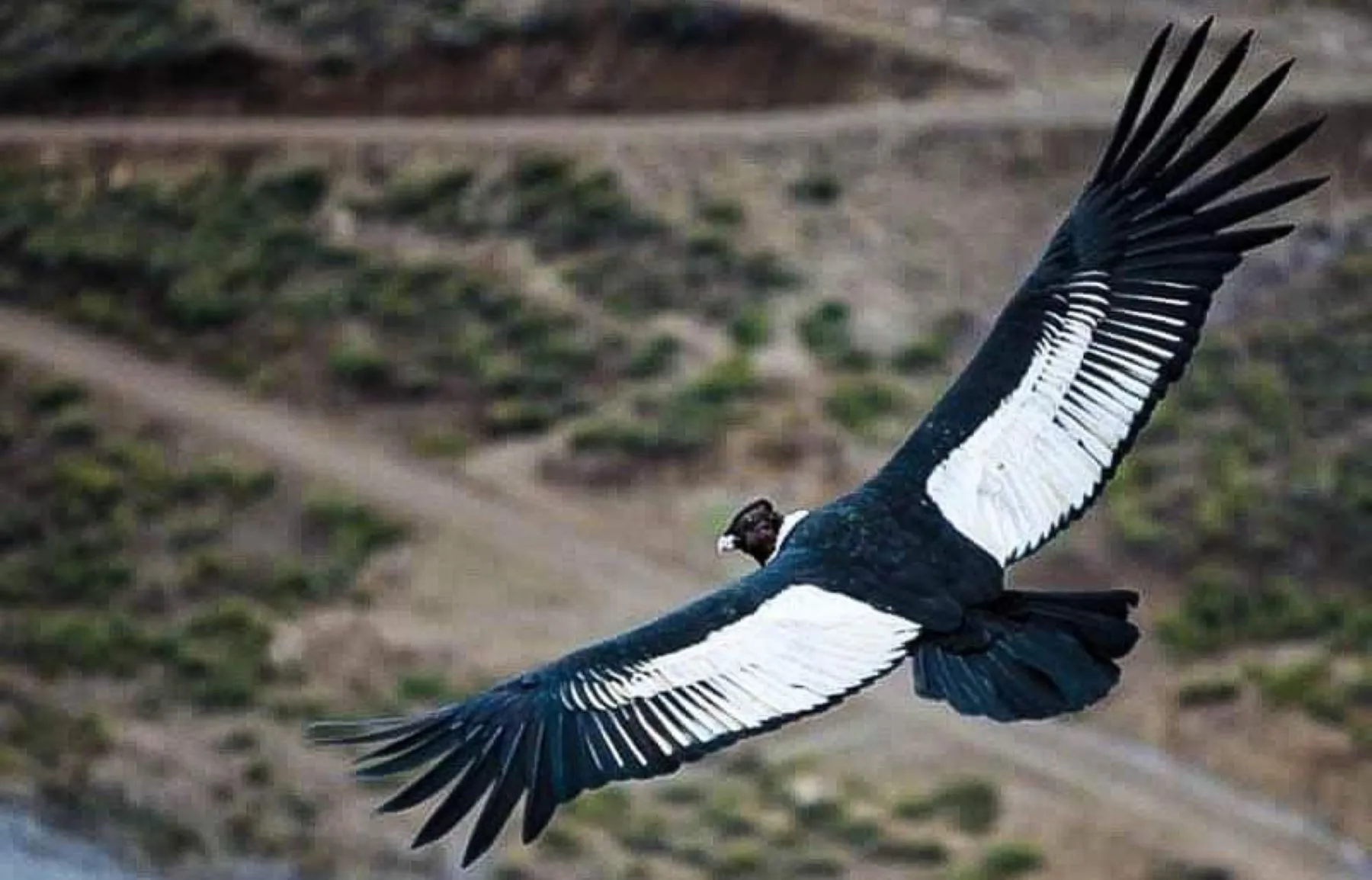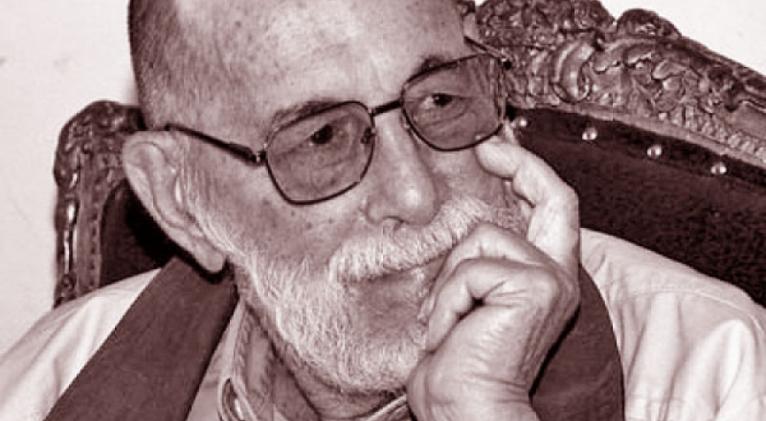A Song for the King of the Andes

In 1913, Peruvian composer Daniel Alomía Robles brought to life a melody that soars as high as the bird it honors: El Cóndor Pasa. This iconic piece, dedicated to the majestic Andean condor, captures the grandeur of the South American mountain range. With its hauntingly beautiful notes, it transports listeners to the soaring peaks of Latin America, where the pure mountain air mingles with the spirit of ancient stone and sky.
More than just a musical tribute to the awe-inspiring Andean landscape, the composition embodies a longing for freedom. The condor, a sacred emblem of the region, symbolizes transcendence—its sweeping flight a silent cry to break chains, defy boundaries, and reach for distant, unspoiled horizons.
The piece also serves as a tribute to Peru’s cultural heritage, reflecting the profound connection between Indigenous peoples and their ancestral lands, traditions, and natural surroundings. Originally conceived as part of a zarzuela—a Spanish-language musical play that blends theater, dance, and song—El Cóndor Pasa tells a story of resistance: the Indigenous struggle against foreign exploitation. The score weaves together native rhythms, such as the wayno and the yaraví, with the structural elegance of European symphonic music, creating a unique fusion of worlds.
Although originally instrumental, the piece has inspired numerous lyrical adaptations. One of the most beloved versions is by Jorge Milchberg, a member of the ensemble Los Incas:
Oh, majestic condor of the Andes,
Carry me home to my Andes,
Oh, condor.
Let me fly beside you,
To the land where I was born,
Where my people live,
Where my love resides.
Oh, condor, let me return,
To my land, to my heart,
Beside the condor,
Beneath my sun.
In 1970, the folk duo Simon & Garfunkel introduced the melody to a global audience with their English rendition, If I Could. Reimagined as a meditation on inner freedom and spiritual longing, the lyrics include the poignant line: «If I could fly like a condor in the sky, I’d take you to the place you long for.» The song concludes with a somber existential note: «Man remains bound to the earth, uttering the saddest sound in the world.»
The Legacy of a Visionary
Daniel Alomía Robles (1871–1942), born in Huánuco, Peru, was trained at the National Conservatory of Music and devoted his life to blending Andean folk traditions with European classical forms. His extensive body of work—spanning dances, zarzuelas, and symphonic pieces—laid the foundation for modern Peruvian musical identity, inspiring generations of composers and musicians.
The Sacred Messenger
The Andean condor (Vultur gryphus), the world’s largest flying bird, has long symbolized power and liberty in Indigenous cultures. Known as kuntur in Quechua (Peru, Bolivia, Ecuador) and mallku in Aymara—a word that also means «spiritual leader»—this magnificent bird holds a revered place in Andean cosmology.
Poetic tradition has given it many names: King of the Andes, Messenger of the Gods, Guardian of the Skies, and Spirit of the Mountains. Today, the condor lives not only in the windswept heights of its homeland but also in the immortal notes of the melody that elevated it into legend.
Translated by Luis E. Amador Dominguez
Photo: Diario Río Negro



